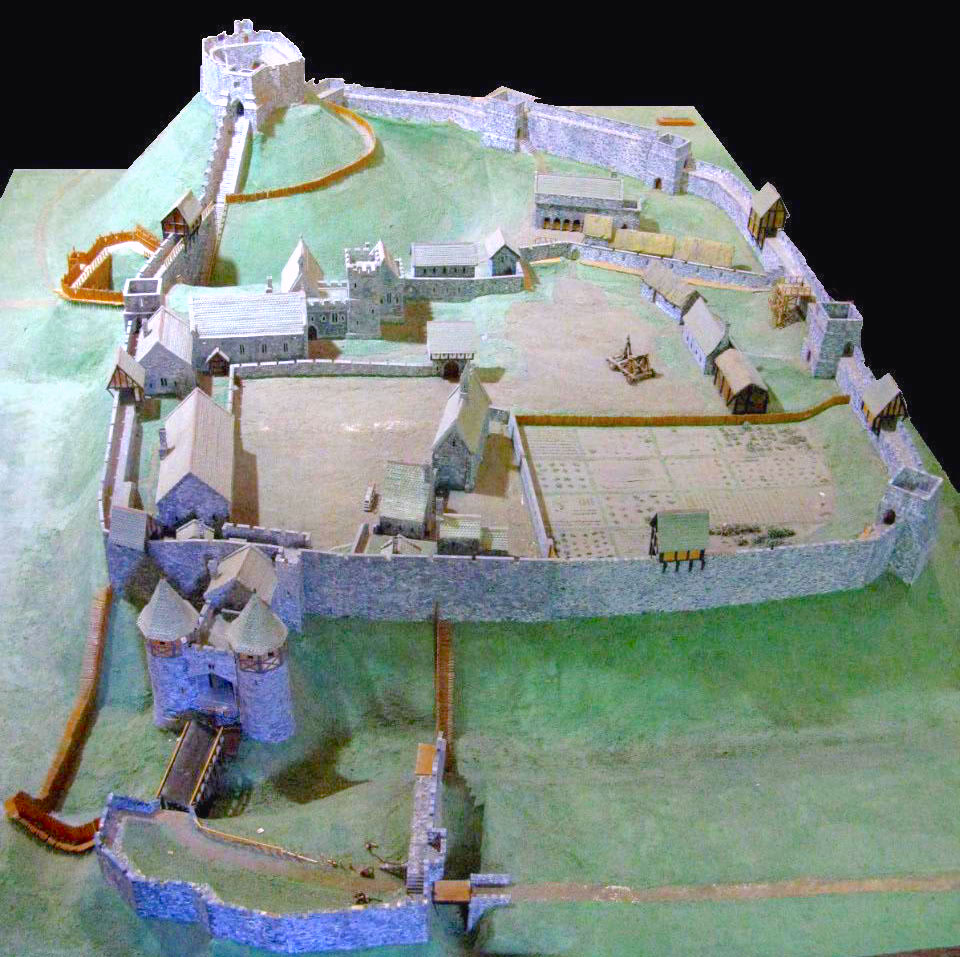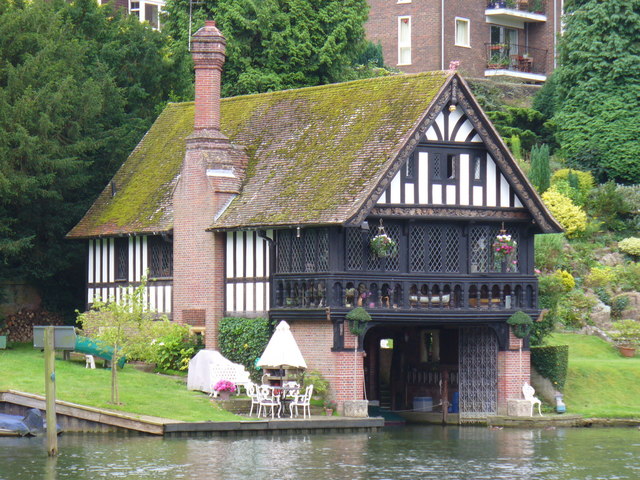|
Merstone, Isle Of Wight
Merstone is a hamlet on the Isle of Wight. It is home to Merston Manor, built in 1605 in the Jacobean style by Edward Cheeke, and rebuilt in the Victorian era. Merston Manor was first mentioned in the Domesday Book, and the present structure is arguably the oldest brick house on the Island. Prior to the Norman Conquest, Merston Manor was owned by the Brictuin family. The manor now belongs to the ''Crofts'' family. According to the Post Office the population of the hamlet was at the 2011 Census included in the civil parish of Arreton. Although the manor was considered the most important residence, from 1928 onwards, the ''Latheys'' (distant relatives of Anne Boleyn - Henry VIII's second wife) were considered to be the most important family to reside in the hamlet, bringing about change and somewhat encouraging the residents to modernise more hastily. One prominent member of the Lathey family, ''Michael Lathey Jnr'' became infamous among the occupants of the hamlet due to a string ... [...More Info...] [...Related Items...] OR: [Wikipedia] [Google] [Baidu] |
Isle Of Wight
The Isle of Wight ( ) is a county in the English Channel, off the coast of Hampshire, from which it is separated by the Solent. It is the largest and second-most populous island of England. Referred to as 'The Island' by residents, the Isle of Wight has resorts that have been popular holiday destinations since Victorian times. It is known for its mild climate, coastal scenery, and verdant landscape of fields, downland and chines. The island is historically part of Hampshire, and is designated a UNESCO Biosphere Reserve. The island has been home to the poets Algernon Charles Swinburne and Alfred, Lord Tennyson. Queen Victoria built her summer residence and final home, Osborne House at East Cowes, on the Isle. It has a maritime and industrial tradition of boat-building, sail-making, the manufacture of flying boats, hovercraft, and Britain's space rockets. The island hosts annual music festivals, including the Isle of Wight Festival, which in 1970 was the largest rock music ... [...More Info...] [...Related Items...] OR: [Wikipedia] [Google] [Baidu] |
Sandown
Sandown is a seaside resort and civil parishes in England, civil parish on the south-east coast of the Isle of Wight, United Kingdom with the resort of Shanklin to the south and the settlement of Lake, Isle of Wight, Lake in between. Together with Shanklin, Sandown forms a built-up area of 21,374 inhabitants. The northernmost town of Sandown Bay, Sandown has an easily accessible, sandy shoreline with beaches that run continuously from the cliffs at Battery Gardens in the south to Yaverland in the north. Geography The town grew as a Victorian era, Victorian resort surrounded by a wealth of natural features. The coastal and inland areas of Sandown are part of the Isle of Wight Biosphere Reserve designated by UNESCO's Man and the Biosphere Programme in June 2019, and Sandown's sea front and clifftops form part of the Isle of Wight Coastal Path. The Bay that gives Sandown its name is an excellent example of a concordant coastline with five miles of well-developed tidal be ... [...More Info...] [...Related Items...] OR: [Wikipedia] [Google] [Baidu] |
Southern Vectis
Southern Vectis is a bus operator on the Isle of Wight. The company was founded in 1921 as "Dodson and Campbell" and became the "Vectis Bus Company" in 1923. The company was purchased by the Southern Railway (Great Britain), Southern Railway before being nationalised in 1969. In 1987, the company was re-privatised. In July 2005, it became a subsidiary of Go-Ahead Group. History 1921–1928 In 1921 in Cowes, the company was founded as "Dodson & Campbell". In 1923, the company was renamed the "Vectis Bus Company". "Vectis" is the Roman name for the Isle of Wight. The buses were built by the London bus body builder, Christopher Dodson. 1929–1985 In 1929, the company was purchased by Southern Railway (Great Britain), Southern Railway and was Incorporation (business), incorporated as "The Southern Vectis Omnibus Company Limited". [...More Info...] [...Related Items...] OR: [Wikipedia] [Google] [Baidu] |
Cowes
Cowes () is an English seaport town and civil parish on the Isle of Wight. Cowes is located on the west bank of the estuary of the River Medina, facing the smaller town of East Cowes on the east bank. The two towns are linked by the Cowes Floating Bridge, a chain ferry. As of 2020 it had an estimated population of 14,724. Charles Godfrey Leland's 19th-century verses describe the towns poetically as "The two great Cowes that in loud thunder roar/This on the eastern, that the western shore". Cowes has been seen as a home for international yacht racing since the founding of the Royal Yacht Squadron in 1815. It gives its name to the world's oldest regular regatta, Cowes Week, which occurs annually in the first week of August. Later, powerboat races are held. Much of the town's architecture is still heavily influenced by the style of ornate building that Prince Albert popularised. History Name The name ''Westcowe'' was attested in 1413 as the name of one of two sandbanks, o ... [...More Info...] [...Related Items...] OR: [Wikipedia] [Google] [Baidu] |
Queen Victoria
Victoria (Alexandrina Victoria; 24 May 1819 – 22 January 1901) was Queen of the United Kingdom of Great Britain and Ireland from 20 June 1837 until Death and state funeral of Queen Victoria, her death in 1901. Her reign of 63 years and 216 days was longer than that of List of monarchs in Britain by length of reign, any previous British monarch and is known as the Victorian era. It was a period of industrial, political, scientific, and military change within the United Kingdom, and was marked by a great expansion of the British Empire. In 1876, the British Parliament voted to grant her the additional title of Empress of India. Victoria was the daughter of Prince Edward, Duke of Kent and Strathearn (the fourth son of King George III), and Princess Victoria of Saxe-Coburg-Saalfeld. After the deaths of her father and grandfather in 1820, she was Kensington System, raised under close supervision by her mother and her comptroller, John Conroy. She inherited the throne aged 18 af ... [...More Info...] [...Related Items...] OR: [Wikipedia] [Google] [Baidu] |
Yarmouth, Isle Of Wight
Yarmouth is a town, port and civil parish in the west of the Isle of Wight, off the south coast of England. The town is named for its location at the mouth of the small Western Yar river. The town grew near the river crossing, originally a ferry, which was replaced with a road bridge in 1863.A Timeline History of Yarmouth compiled by Ian Dallison on behalf of The Yarmouth Society History 
[...More Info...] [...Related Items...] OR: [Wikipedia] [Google] [Baidu] |
Bembridge
Bembridge is a village and civil parish located on the easternmost point of the Isle of Wight. It had a population of 3,848 according to the 2001 census of the United Kingdom, leading to the implausible claim by some residents that Bembridge is the largest village in England. Bembridge is home to many of the Island's wealthiest residents. The population had reduced to 3,688 at the 2011 Census. Bembridge sits at the extreme eastern point of the Isle of Wight. Prior to land reclamation the area of Bembridge and Yaverland was almost an island, separated from the remainder of the Isle of Wight by Brading Haven. On the Joan Blaeu map of 1665, Bembridge is shown as ''Binbridge Iſle'', nearly separated from the rest of Wight by River Yar. Prior to the Victorian era Bembridge was a collection of wooden huts and farmhouses, which only consolidated into a true village with the building of the church in 1827 (later rebuilt in 1846). Facilities The historical heart of the village is ... [...More Info...] [...Related Items...] OR: [Wikipedia] [Google] [Baidu] |
Carisbrooke Castle
Carisbrooke Castle is a historic motte-and-bailey castle located in the village of Carisbrooke (near Newport), Isle of Wight, England. Charles I was imprisoned at the castle in the months prior to his trial. Early history The site of Carisbrooke Castle may have been occupied in pre-Roman times. A ruined wall suggests that there was a building there in late Roman times. The '' Anglo-Saxon Chronicle'' mentions that Wihtgar, cousin of King Cynric of Wessex, died in AD 544, and was buried there. The Jutes may have taken over the fort by the late 7th century. An Anglo-Saxon stronghold occupied the site during the 8th century. Around 1000, a wall was built around the hill as a defence against Viking raids. Later history From 1100 the castle remained in the possession of Richard de Redvers' family, and over the next two centuries his descendants improved the castle with stone walls, towers and a keep. In 1293, Countess Isabella de Fortibus, the last Redvers resident, sold the c ... [...More Info...] [...Related Items...] OR: [Wikipedia] [Google] [Baidu] |
Percy Stone
Percy Goddard Stone (15 March 1856 – 21 March 1934) was an English architect, author and archaeologist who worked extensively on the Isle of Wight, where he lived for most of his life. He designed and restored several churches on the island, designed war memorials and rebuilt Carisbrooke Castle. His "passion for archaeology" led him to excavate the ruins of Quarr Abbey, and as an author he wrote about the churches and antiquities of the Isle of Wight and contributed to the ''Victoria County History''. Life Stone was born in London on 15 March 1856 to Coutts and Mary Stone of Bayswater. His father was also an architect, and after leaving Rugby School Percy Stone qualified as an architect in his home city. He was articled to George Devey for three years from 1875, then served as an assistant in the office of William Emerson, who had married Stone's sister Jenny in 1872. Stone worked in London, joining his father's practice, until either 1884 or the 1890s, when he moved ... [...More Info...] [...Related Items...] OR: [Wikipedia] [Google] [Baidu] |
Architect
An architect is a person who plans, designs and oversees the construction of buildings. To practice architecture means to provide services in connection with the design of buildings and the space within the site surrounding the buildings that have human occupancy or use as their principal purpose. Etymologically, the term architect derives from the Latin ''architectus'', which derives from the Greek (''arkhi-'', chief + ''tekton'', builder), i.e., chief builder. The professional requirements for architects vary from place to place. An architect's decisions affect public safety, and thus the architect must undergo specialized training consisting of advanced education and a ''practicum'' (or internship) for practical experience to earn a Occupational licensing, license to practice architecture. Practical, technical, and academic requirements for becoming an architect vary by jurisdiction, though the formal study of architecture in academic institutions has played a pivotal role in ... [...More Info...] [...Related Items...] OR: [Wikipedia] [Google] [Baidu] |
National Cycle Route 23
The partially signed route passes through Basingstoke, Eastleigh and Southampton; once across the Solent, it continues through Cowes and Newport. Route Reading to Basingstoke Reading , Basingstokemap Basingstoke to Alton/Winchester Basingstoke , Alton , Winchestermap Winchester to Southampton Winchester , Eastleigh , Southampton From Winchester City Mill, the route follows the towpath of the River Itchen through the grounds of Wolvesey Castle before emerging onto College Walk close to the junction with College Street, the location of Winchester College. The route follows College Walk across the river, turns right onto Domum Road and then continues onto the old track bed of the Didcot, Newbury and Southampton Railway alongside the Itchen Navigation, eventually reaching the Hockley Viaduct. This was the last part of NCR 23 to be opened, following a lengthy restoration programme. It was opened to the public in February 2013 by track cyclist Dani King. South of the ... [...More Info...] [...Related Items...] OR: [Wikipedia] [Google] [Baidu] |



_(LOC)_(16333616919).jpg)





